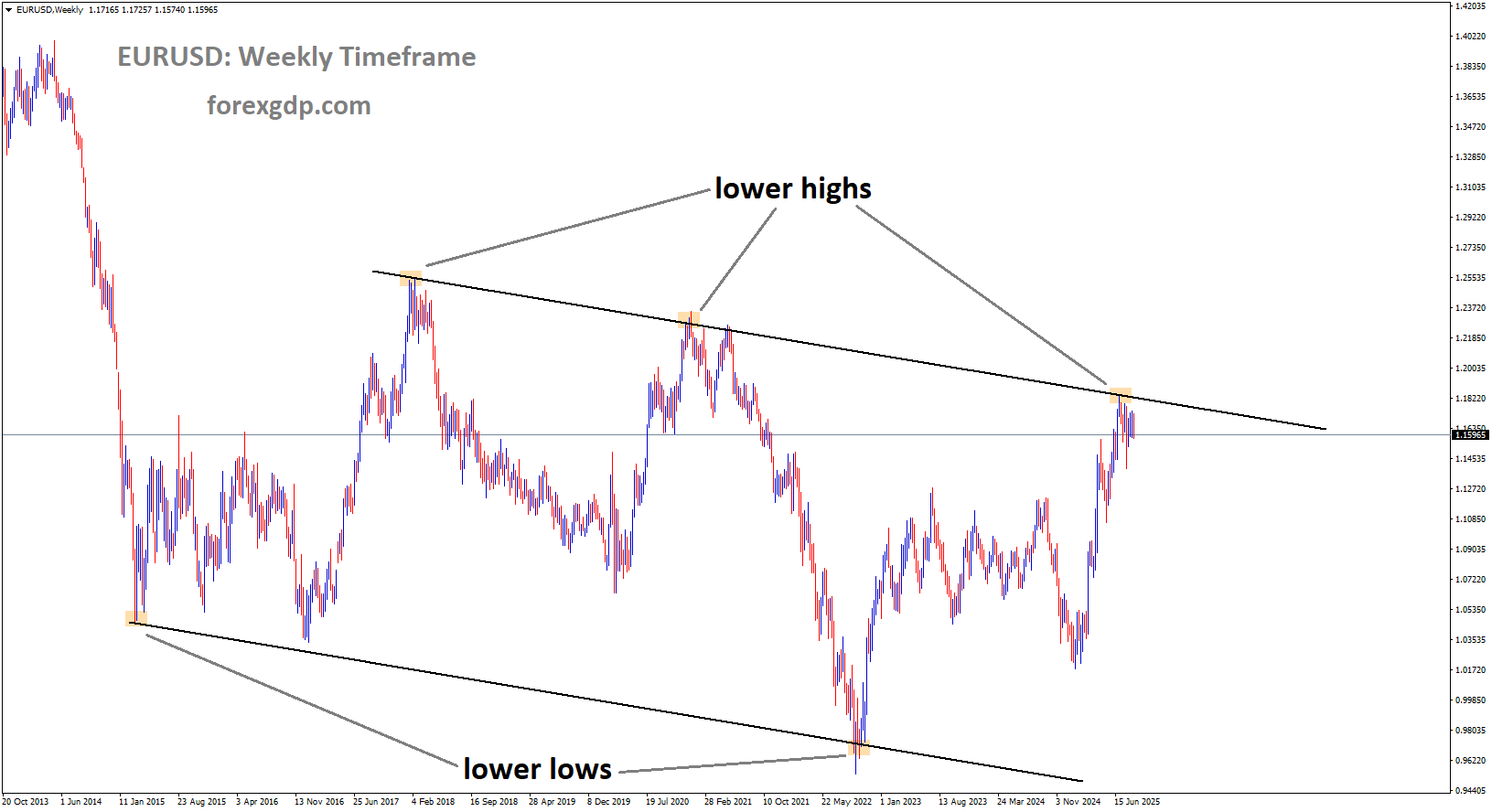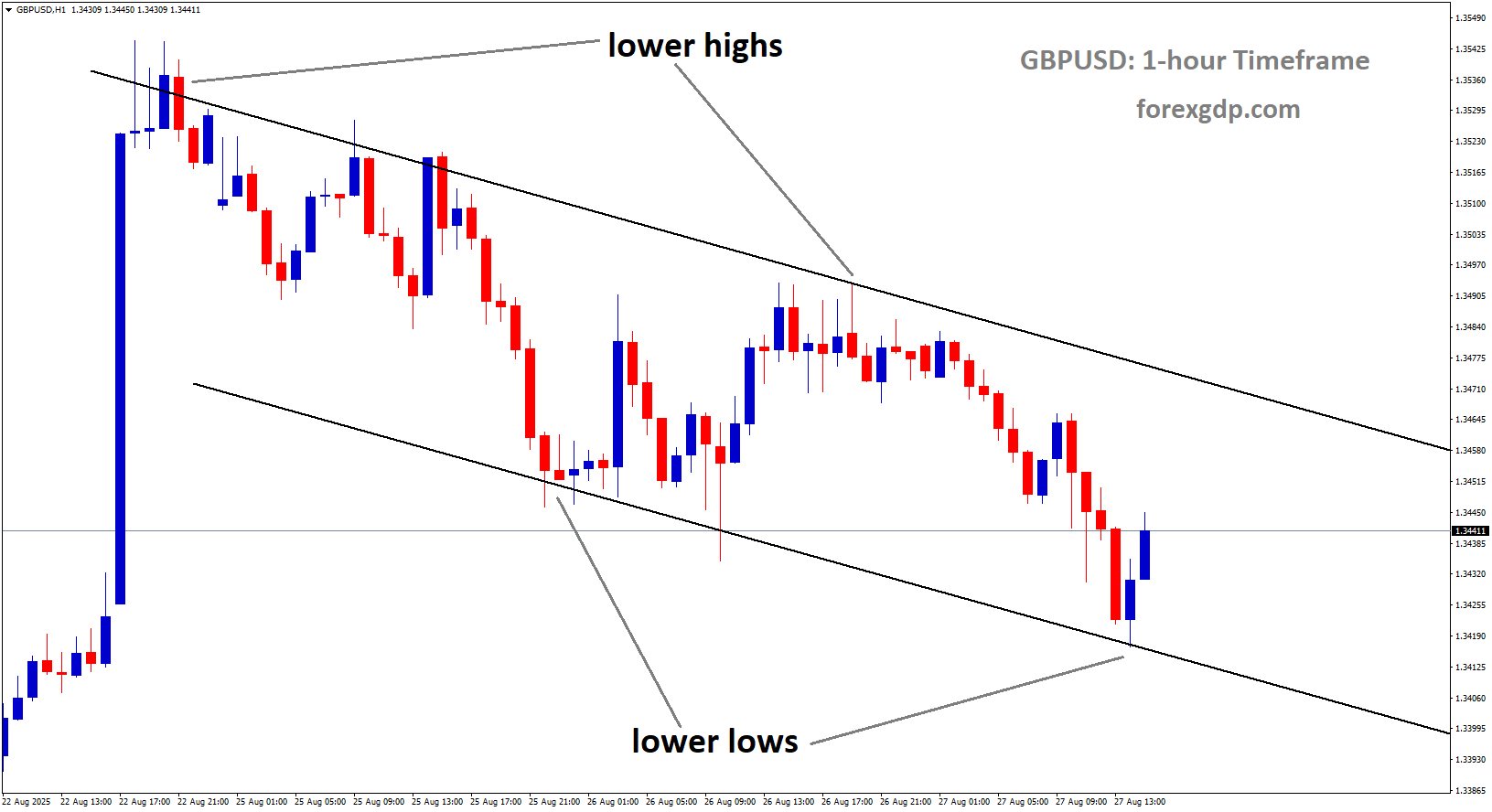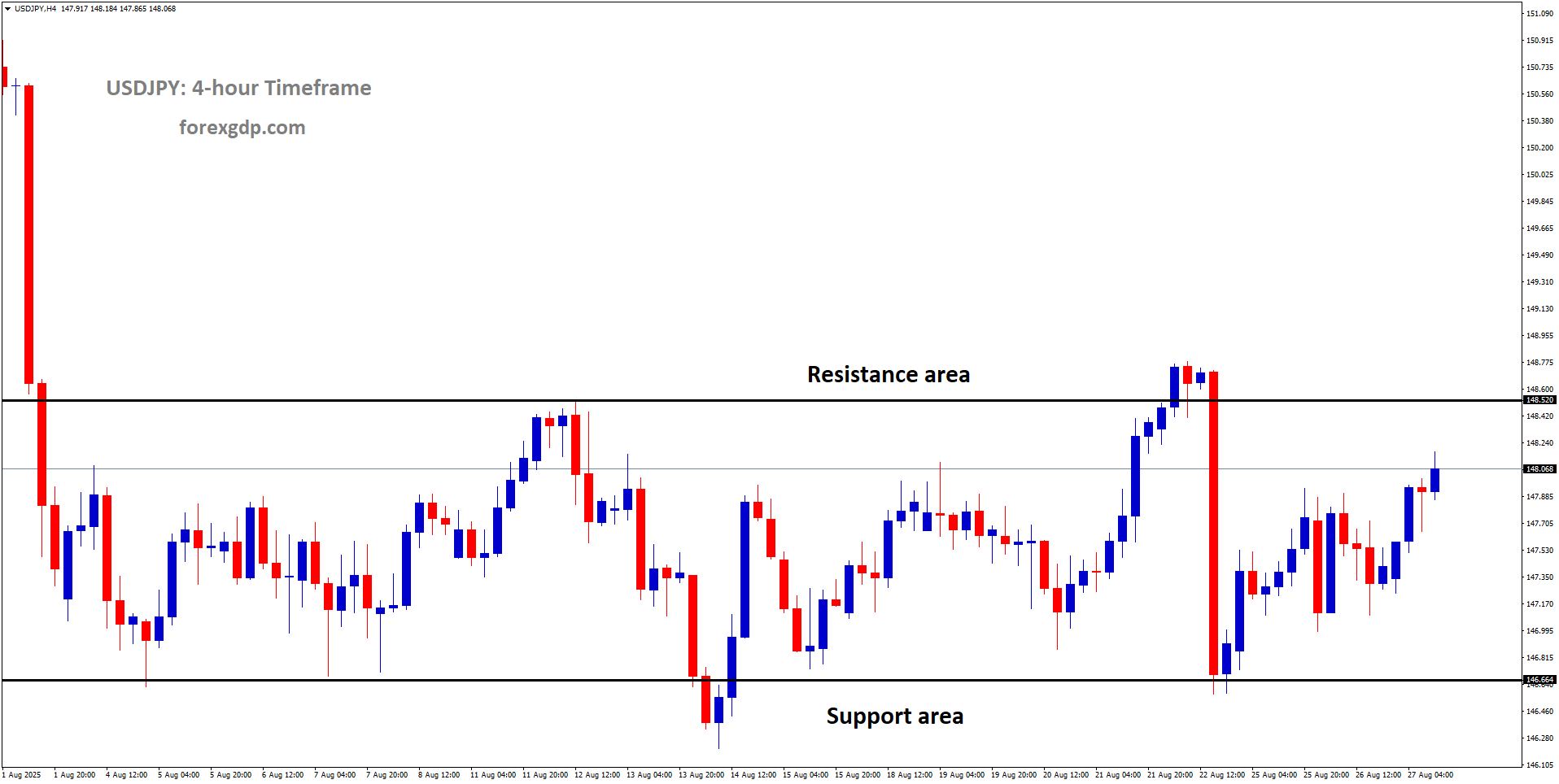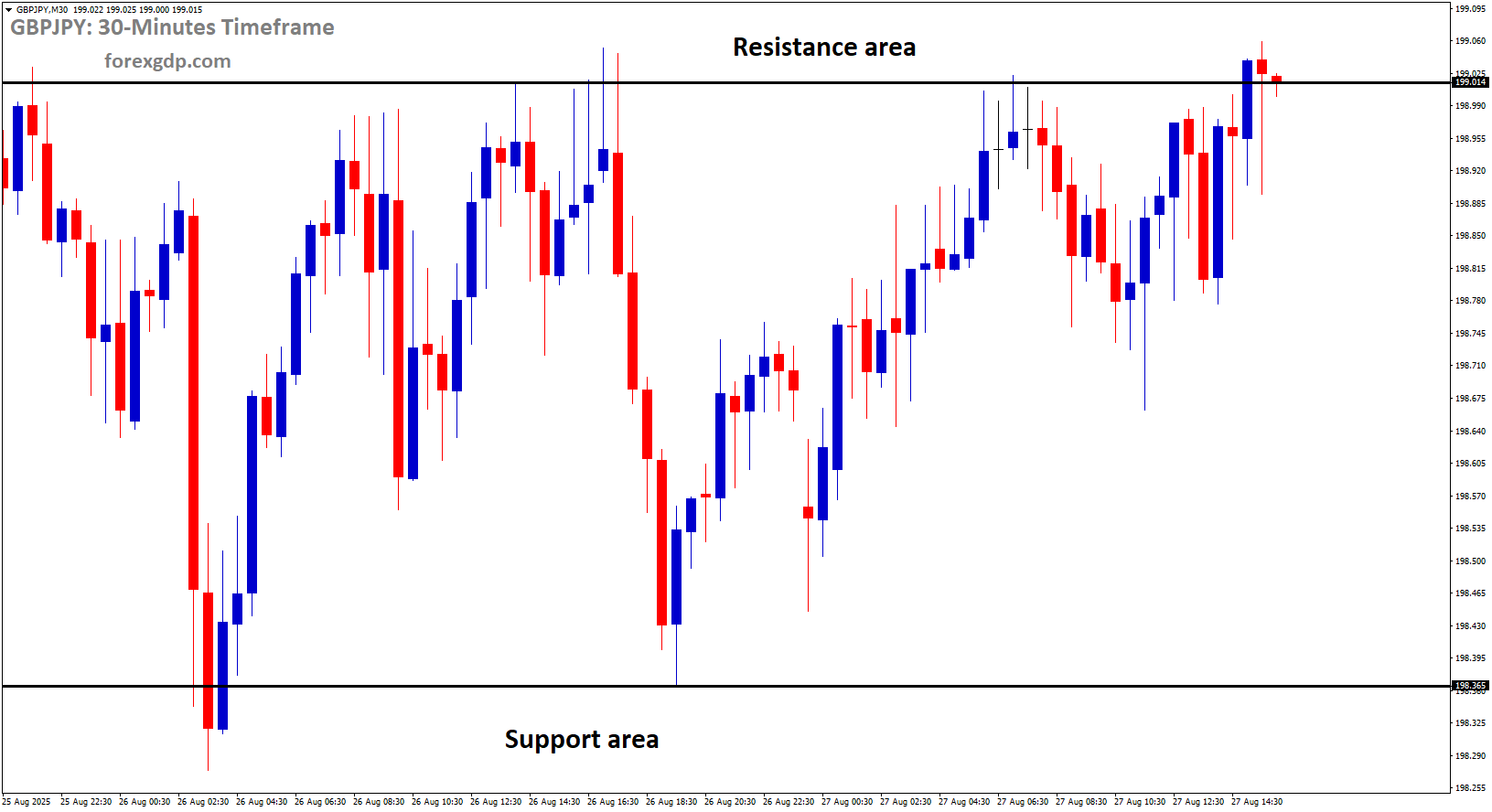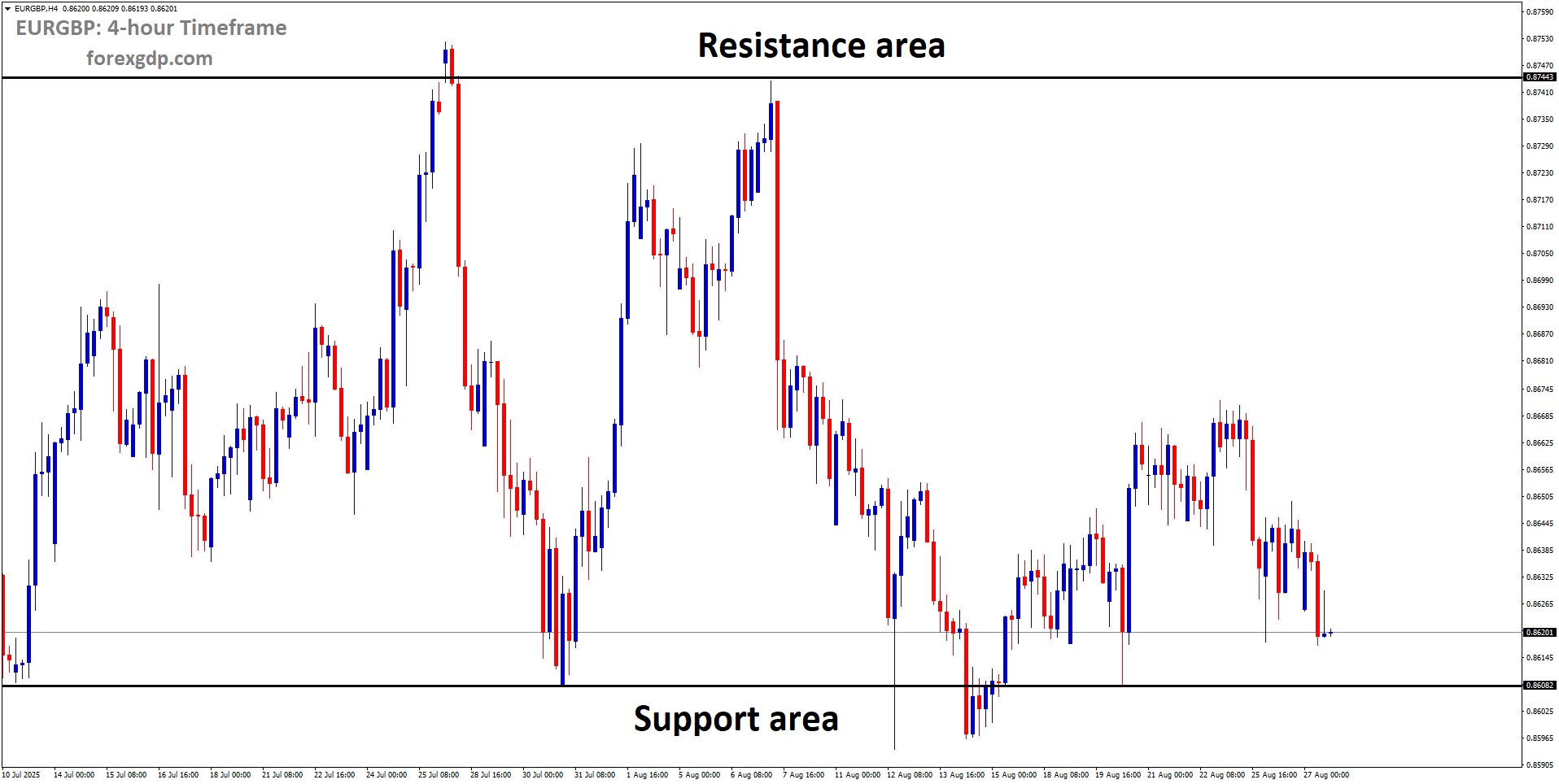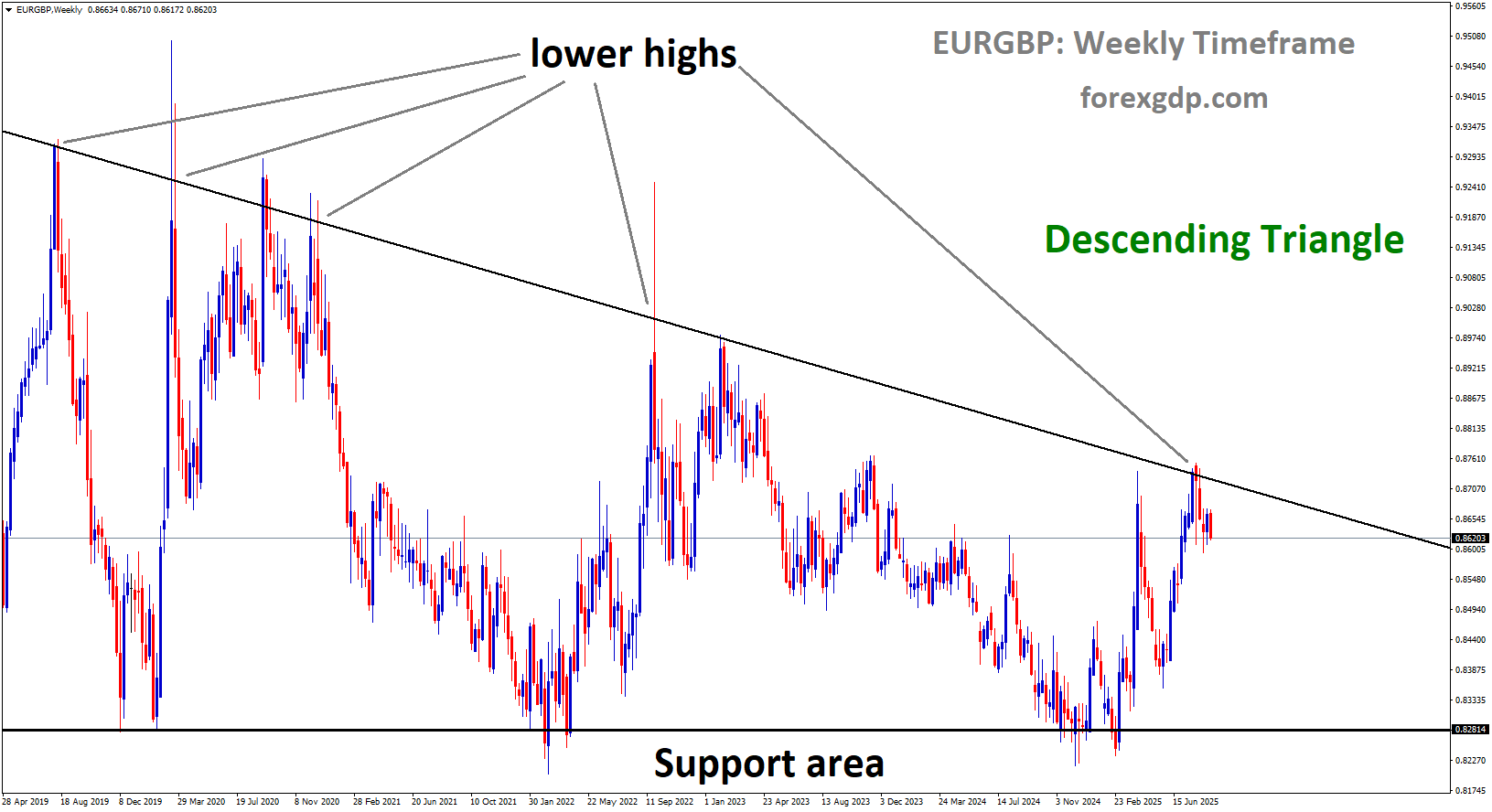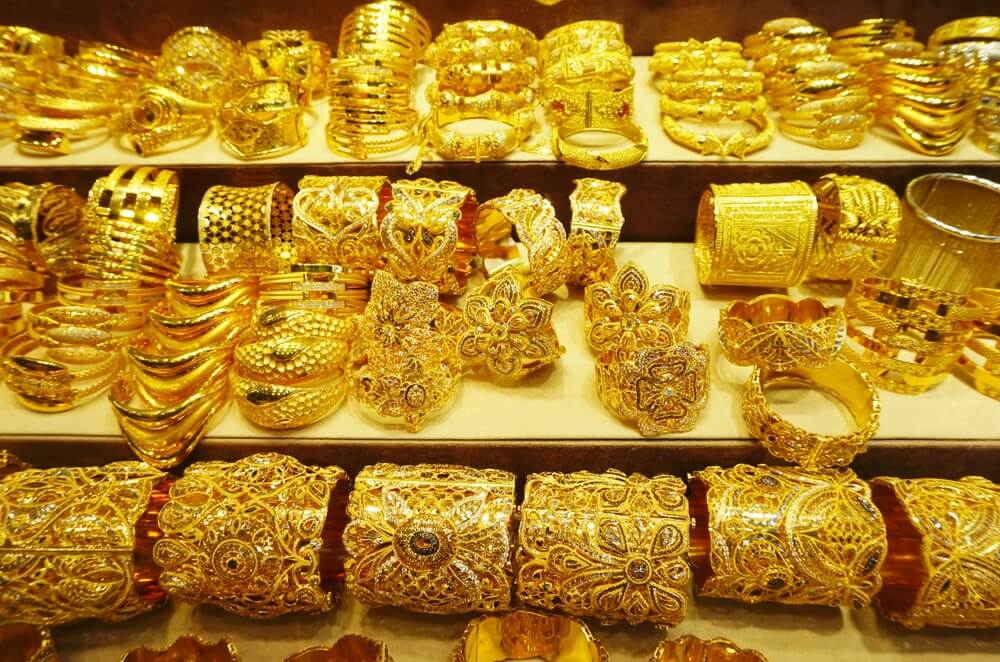EURUSD is moving in a descending channel, and the market has reached the lower high area of the channel
EURUSD pushes upward while investors brace for critical US reports
The foreign exchange market has been buzzing with mixed signals lately. The Pound Sterling is showing signs of stability, while political drama in the U.S. and cautious optimism in the U.K. are influencing market sentiment. Let’s break down the recent events and what they could mean for traders, investors, and everyday observers who like to keep an eye on global currency trends.
Political Turmoil in the U.S. and Its Impact on the Dollar
The U.S. financial and political landscape has been rocked by recent developments involving the Federal Reserve. Lisa Cook, a well-known Federal Reserve Governor, announced plans to legally challenge her termination by former President Donald Trump. This unexpected twist has sparked debates about the independence of the central bank and its future direction.
GBPUSD is moving in a descending channel
Why This Matters for the Dollar
When political interference threatens the independence of the Federal Reserve, global investors take notice. The Fed is meant to operate independently to ensure fair and balanced monetary policy decisions. But with this controversy in the spotlight, many analysts believe the credibility of the dollar could take a hit.
Market experts argue that if the Fed’s independence continues to be questioned, it could lead to uncertainty in U.S. monetary policy. This, in turn, might weaken investor confidence in the dollar and shift more attention toward other currencies, including the British Pound and Euro.
Speculation Around Interest Rates
Adding to the drama, there are growing talks about further interest rate cuts in the U.S. in the coming months. Market trackers indicate a strong probability of a rate cut during the upcoming Federal Reserve meeting. Lower interest rates often make the dollar less attractive to investors, potentially influencing global currency flows.
The Pound’s Steady Momentum Amid U.K. Inflation Challenges
While the U.S. grapples with political issues, the Pound Sterling has been quietly holding its ground. One of the key factors supporting the Pound is the recent stance taken by Catherine Mann, a member of the Bank of England’s Monetary Policy Committee.
BoE’s Cautious Yet Hawkish Tone
Mann has emphasized the need for the Bank of England to maintain its current interest rate levels for a longer period to tackle persistent inflation. This approach signals that the central bank is committed to bringing inflation under control, even if it means keeping borrowing costs relatively high for now.
Her remarks indicate a focus on balancing growth and inflation control, a message that often reassures both investors and the public. By maintaining a steady hand, the BoE is signaling stability, which helps support the Pound in the global markets.
Inflation Trends in the U.K.
Inflation has been a pressing concern in the U.K. over the past year. Consumer prices have been rising faster than expected, and July marked one of the sharpest increases seen in nearly 18 months. This surge in prices is putting pressure on households, businesses, and policymakers alike.
By keeping interest rates steady, the Bank of England hopes to cool down inflation gradually without triggering a deeper economic slowdown. This measured approach appears to be working so far, helping the Pound remain relatively stable even as global markets face turbulence.
Global Economic Data to Watch
The coming days could bring more insights into the future of both the Pound and the Dollar. One key piece of data to keep an eye on is the U.S. Personal Consumption Expenditures (PCE) Price Index, set to be released soon. This report is a critical measure of inflation in the U.S. and is closely monitored by the Federal Reserve when making policy decisions.
If the report shows a stronger-than-expected rise in core inflation, it might pressure the Fed to reconsider aggressive rate cuts. On the other hand, weaker data could solidify expectations of more supportive monetary policy, which would likely weigh further on the Dollar.
For the Pound, ongoing inflation trends and the Bank of England’s policy updates will continue to shape its trajectory in the near term. Traders and investors will be closely watching for any signs of a shift in tone from U.K. policymakers.
The Bigger Picture: What It Means for You
Whether you’re an investor, a business owner dealing in imports and exports, or simply curious about global economics, these developments are worth paying attention to. Currency stability—or volatility—can influence everything from travel costs to the price of imported goods.
-
For Businesses: A stable Pound helps importers and exporters plan better, reducing the risks associated with unpredictable currency swings.
-
For Travelers: A stronger Pound means better exchange rates when traveling abroad, while a weaker Dollar could make trips to the U.S. more affordable.
-
For Investors: Political uncertainties in the U.S. and policy stability in the U.K. create opportunities for strategic moves in currency and bond markets.
Final Summary
The current landscape of the Pound Sterling against the U.S. Dollar is shaped by a mix of political drama in the U.S. and cautious economic strategies in the U.K. The legal dispute involving Federal Reserve Governor Lisa Cook highlights deeper concerns about the independence of the Fed, creating ripples in investor sentiment toward the Dollar. Meanwhile, the Bank of England’s commitment to controlling inflation without overburdening the economy has provided the Pound with a sense of stability.
Looking ahead, upcoming economic data releases and central bank decisions will play a significant role in shaping the direction of these currencies. For now, the Pound remains steady, buoyed by careful policy management, while the Dollar faces headwinds from political challenges and shifting interest rate expectations.
In such a dynamic environment, staying informed is key—whether you’re trading currencies, managing a business, or just keeping track of global financial trends.
USDJPY slides as Fed’s credibility faces growing political pressure
The financial world is never short of drama, and right now, the spotlight is on the US Dollar and the growing questions surrounding the Federal Reserve’s independence. Recent political moves, coupled with shifting economic expectations, have left investors analyzing every detail to figure out what lies ahead for the currency market. Meanwhile, the Japanese Yen is quietly finding support from hints of potential policy tightening by the Bank of Japan (BoJ). Let’s break down the situation in detail and understand what’s really happening.
USDJPY is moving in a box pattern
Political Pressure Shakes Confidence in the Dollar
The US Dollar has been riding waves of volatility as President Trump’s actions toward the Federal Reserve create uncertainty in global markets. Over the past week, the Dollar initially climbed, only to pull back after news broke that President Trump is trying to tighten his grip on the central bank.
The Fight Over the Federal Reserve
One of the biggest triggers for the Dollar’s recent slide is the unprecedented tension between the US President and the Fed. Trump’s efforts to influence monetary policy—by pushing for more aggressive rate cuts—have raised eyebrows around the world. The situation intensified after Governor Cook took the bold step of suing the President following her controversial ousting. Replacing her with a known dovish voice has fueled speculation that the Fed may lose its independence, a development that could have lasting effects on the US economy and investor confidence.
The credibility of a central bank is everything. When markets start to suspect that policy decisions are being made for political rather than economic reasons, trust erodes quickly. This lack of confidence is now weighing heavily on the Dollar, causing it to retreat after a brief rally.
Economic Expectations Add to Dollar Weakness
While political drama is stealing the headlines, economic expectations are also playing their part in driving the Dollar’s recent moves. Investors have increasingly started betting on the Federal Reserve cutting interest rates sooner rather than later, potentially as early as September.
Why Rate Cuts Matter
Rate cuts generally make a currency less attractive because they lower returns on assets denominated in that currency. With growing market consensus that a cut is on the horizon, traders are reassessing their positions, leading to a softer Dollar. This shift highlights how sensitive the currency markets are to even the hint of a policy change.
The Japanese Yen Finds Its Strength
While the Dollar struggles with uncertainty, the Japanese Yen is gaining quiet support. This strength is not just about the Dollar’s weakness; it also reflects growing confidence in Japan’s monetary direction.
Support from BoJ Comments
Comments from Bank of Japan Governor Kazuho Ueda have added a boost to the Yen. By highlighting concerns about wage growth and its potential to stoke inflation, Ueda has signaled that the BoJ might take a more aggressive stance in the coming months. For investors, even a small chance of higher interest rates in Japan makes the Yen more appealing, especially in a global environment where other major economies are leaning toward cuts.
Key Data on the Horizon
All eyes are now on the upcoming Tokyo Consumer Sentiment Index report. A stronger-than-expected reading could reinforce the BoJ’s concerns about inflation and strengthen the argument for tighter monetary policy. If that happens, the Yen could gain even more ground in the short term.
What This Means for Investors
This tug-of-war between political influence in the US and shifting economic dynamics in Japan is creating a complex environment for investors. Here’s what to watch:
-
For the US Dollar: Continued political headlines and the Fed’s next policy moves will remain the primary drivers. Any sign that the Fed is bowing to political pressure could deepen the Dollar’s decline.
-
For the Japanese Yen: Policy clarity from the BoJ and upcoming inflation data will be key indicators. Positive economic signals in Japan could lead to further Yen strength.
Investors are also likely to keep a close eye on global risk sentiment. In times of uncertainty, safe-haven assets like the Yen often benefit, meaning any global economic or geopolitical shock could further shift the balance in its favor.
The Bigger Picture
Beyond the immediate market reaction, the larger issue here is credibility and trust. The Federal Reserve has long been seen as an independent institution, free from political interference. Any move that threatens this independence not only impacts currency markets but could also shake confidence in the broader US financial system.
On the other side of the globe, Japan’s slow but steady path toward potential policy normalization is signaling a shift after years of ultra-loose monetary policies. Even modest adjustments could reshape the Yen’s role in global markets, particularly if the US Dollar remains under pressure.
Final Summary
The recent pullback of the US Dollar isn’t just about short-term market moves—it reflects deeper concerns about the future of US monetary policy. Political interference, questions about the Fed’s independence, and expectations of rate cuts are creating a challenging environment for the Dollar. Meanwhile, the Japanese Yen is finding support from growing confidence in Japan’s economic outlook and subtle hints of tighter policy ahead.
For traders and investors, the key is to stay alert. Global currency markets are moving quickly, and the interplay of politics, policy, and economic data is more critical than ever. The next few weeks, with fresh data releases and ongoing political developments, will likely determine whether the Dollar can regain its footing or if the Yen continues its upward climb.
GBPJPY pushes upward with reduced pressure for BoJ rate cuts
The GBP/JPY currency pair is once again showing strength, bouncing back after a period of decline. This movement is influenced by a combination of factors, including the Bank of England’s (BoE) approach to interest rates and developments in Japan’s political and economic environment. Let’s break it down in simple terms to understand what’s really happening and what it could mean going forward.
GBPJPY is moving in a box pattern, and the market has reached the resistance area of the pattern
BoE’s Focus on Inflation: Why Rates Might Stay High
The Bank of England has been making headlines lately, primarily because of its stance on interest rates. Even though some parts of the economy have shown signs of slowing, the persistent issue of inflation is preventing the BoE from considering aggressive rate cuts.
Catherine Mann’s Perspective
Catherine Mann, a key member of the BoE’s Monetary Policy Committee (MPC), has made it clear that holding interest rates at a higher level is currently the best way to keep inflation in check. Her message indicates that while the BoE is keeping a close watch on economic trends, it is not ready to ease its policies unless there’s a stronger sign of reduced domestic demand.
This cautious but firm approach signals confidence in the UK’s economic resilience while still prioritizing inflation control. As a result, the British Pound (GBP) has received a boost, attracting investor interest and helping GBP/JPY regain some of its lost ground.
Japan’s Political Landscape and Economic Talks
On the other side of this currency pair, Japan has its own set of developments shaping the Yen’s behavior. Political stability and international economic discussions are playing significant roles.
Improving Political Approval
Recent public opinion polls in Japan have shown growing support for Prime Minister Shigeru Ishiba, even though his party lost its parliamentary majority in the last elections. This rise in approval has added a sense of political stability, which often strengthens a currency because it boosts investor confidence in the country’s economic direction.
US-Japan Economic Talks
Adding to this backdrop, Japan’s lead trade negotiator, Akazawa Ryosei, is set to return to the United States for discussions on Japanese investments in the US. These talks underline Japan’s efforts to strengthen its trade relationships and secure its economic interests on a global scale. Investors see these developments as positive signs for the Yen, although the effect may be more long-term compared to immediate currency movements.
Why GBP/JPY Is Moving Up
The rise in GBP/JPY isn’t just about one country’s economy—it’s about the interplay between both the UK and Japan.
-
Pound Sterling Support
The Pound is benefiting from the BoE’s signal that rates will likely remain high for now. This creates a more attractive environment for investors seeking returns, which supports demand for GBP. -
Yen’s Subtle Stability
While the Yen has been relatively stable, the UK’s stronger economic stance compared to Japan’s more measured recovery efforts means GBP/JPY is trending upward in the short term.
What to Watch in the Coming Days
Several upcoming events could influence GBP/JPY in the near future:
Japan’s Economic Data
Japan will soon release its Tokyo Consumer Price Index (CPI) and retail trade data. These figures will give investors a clearer picture of consumer spending and inflation trends in Japan, potentially influencing the Yen’s strength.
BoE Signals
Any new commentary or updates from the Bank of England could quickly shift market sentiment. Traders are especially alert for statements that hint at future policy changes, as even slight changes in tone can move the currency pair significantly.
Investor Sentiment: A Balanced Outlook
Right now, traders seem cautiously optimistic. On one hand, the Pound has clear support from the BoE’s steady policy stance. On the other hand, Japan’s political improvements and global economic discussions are preventing the Yen from weakening too much.
This dynamic creates a more balanced trading environment where sudden moves are less likely unless triggered by major economic releases or unexpected political developments.
Final Summary
The GBP/JPY currency pair is gaining ground, supported by the Bank of England’s firm approach to inflation and Japan’s improving political and economic environment. The Pound is benefiting from expectations that interest rates will stay high, while the Yen is finding subtle support from political stability and upcoming trade discussions with the US.
For traders and investors, the key factors to monitor in the coming days include Japan’s inflation and retail data, as well as any signals from the BoE about its monetary policy direction. While the short-term trend favors the Pound, the balance between UK economic confidence and Japan’s quiet but steady progress will continue to shape the future of this currency pair.
EURGBP drifts downward on fears of instability in French politics
When you look at the current mood surrounding the EUR/GBP currency pair, it’s clear that politics and central bank sentiments are shaping most of the discussion. The Euro is losing some of its strength, while the British Pound is finding reasons to hold firm. Let’s break down what’s happening and why this matters to traders, investors, and anyone keeping an eye on the currency markets.
EURGBP is moving in a box pattern
French Political Uncertainty Pressures the Euro
The Euro has been under noticeable pressure lately, and much of that can be traced back to the growing political uncertainty in France. The country is bracing for a potential political shake-up as Prime Minister François Bayrou faces a confidence vote next month. Many analysts believe his minority government could fall, setting the stage for another wave of political instability in the region.
This situation is unsettling for the markets because political uncertainty often translates to weaker investor confidence. A lack of clarity on policy decisions—especially concerning economic reforms and fiscal strategies—can make the Euro less appealing to global traders.
Why France’s Situation Matters
France is one of the key economies in the Eurozone, so any turbulence there can ripple through the broader region. Concerns about budget cuts, debt management, and unpopular austerity measures are amplifying fears that the country could face deeper economic challenges. This combination of political and economic stress creates a less favorable environment for the Euro to perform strongly.
German Consumer Confidence Adds to the Euro’s Struggles
It’s not just politics weighing on the Euro. Fresh data from Germany—the powerhouse of the Eurozone—has shown worrying signs in consumer sentiment. The GfK Consumer Confidence Survey delivered weaker-than-expected numbers, highlighting that households remain cautious about spending.
When consumer confidence dips, it signals a slowdown in domestic demand, which is crucial for sustaining growth. For the Euro, this translates into reduced optimism because it hints at potential economic stagnation in the region’s largest economy. Traders often see this as a sign to take a step back from the shared currency, further adding to the selling pressure.
The British Pound Finds Strength in Hawkish BoE Sentiment
While the Euro is dealing with a storm of challenges, the British Pound is drawing strength from a more stable narrative. The Bank of England (BoE) has been signaling that it’s not in a rush to cut interest rates further. In fact, recent comments from BoE Monetary Policy Committee member Catherine Mann have emphasized the need to keep rates steady for a longer period.
This stance is driven largely by persistent inflationary pressures in the UK. With inflation levels still higher than desired, the central bank’s cautious approach is being viewed as a vote of confidence in the Pound. The market often reacts positively when a central bank signals it’s committed to taming inflation without making abrupt changes to monetary policy.
Why Traders Are Watching Inflation Closely
Inflation isn’t just an abstract economic term; it directly impacts everyday life, from grocery bills to mortgage rates. For traders, it’s even more critical because inflation levels often guide central bank decisions. In the UK, recent data showed inflation climbing to its highest level in 18 months, which reinforced the BoE’s message that a steady hand is needed.
This narrative gives the Pound a relative edge over the Euro, as it reflects a sense of stability and control in the UK’s monetary environment compared to the political and economic challenges facing the Eurozone.
Key Takeaways for Market Watchers
If you’ve been observing the EUR/GBP currency dynamics, a few key themes stand out:
-
Political risks in France are undermining confidence in the Euro.
-
Weak German consumer sentiment is another signal that the Eurozone economy may be facing headwinds.
-
The BoE’s steady approach to interest rates and its focus on inflation management are supporting the Pound.
Together, these factors create a scenario where the Pound looks relatively stronger in the near term, while the Euro faces multiple hurdles that could limit its recovery potential.
What This Means for Everyday Investors
For people who don’t actively trade currencies but still want to understand what this means for their finances, the dynamics between the Euro and the Pound can have broader implications.
For example, if you’re planning to travel, make international purchases, or manage investments that are tied to these currencies, these shifts can impact your costs and returns. A stronger Pound often benefits UK-based buyers, while a weaker Euro can make imports and foreign travel cheaper for those earning in GBP.
EURGBP is moving in a descending triangle pattern
Businesses with operations in both regions also need to keep a close watch on these fluctuations, as they can affect everything from supply chain costs to profit margins.
The Bigger Picture
What’s interesting about the current situation is how interconnected global events have become. Political uncertainty in one country, consumer confidence data from another, and central bank policies from a third can all combine to create waves in the currency markets.
This reminds us that the currency market is about more than just numbers on a chart. It’s a reflection of economic sentiment, policy decisions, and political stability. Understanding these underlying factors can help investors and businesses make more informed decisions.
Final Summary
The EUR/GBP currency pair is currently navigating a complex landscape shaped by politics, economic data, and central bank policies. On one side, the Euro is struggling with political tensions in France and weak consumer sentiment in Germany. On the other side, the British Pound is holding firm, supported by the Bank of England’s cautious but confident approach to managing inflation.
For anyone keeping an eye on these currencies, the message is clear: political developments and economic indicators will continue to drive sentiment in the coming weeks. Whether you’re a trader, investor, or someone simply curious about currency movements, understanding these key drivers can help you stay ahead of the curve.

